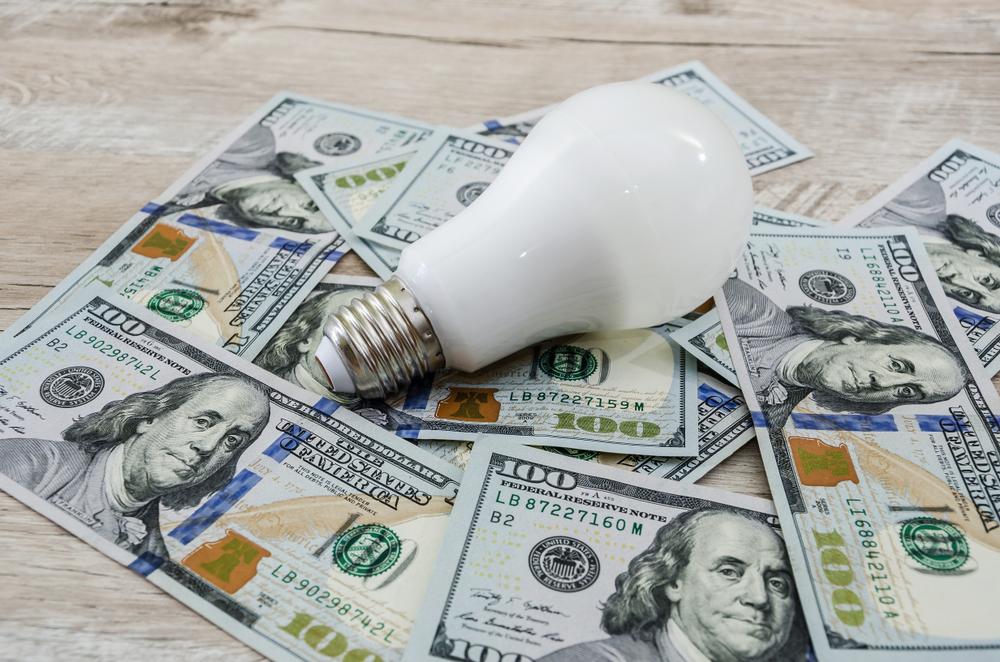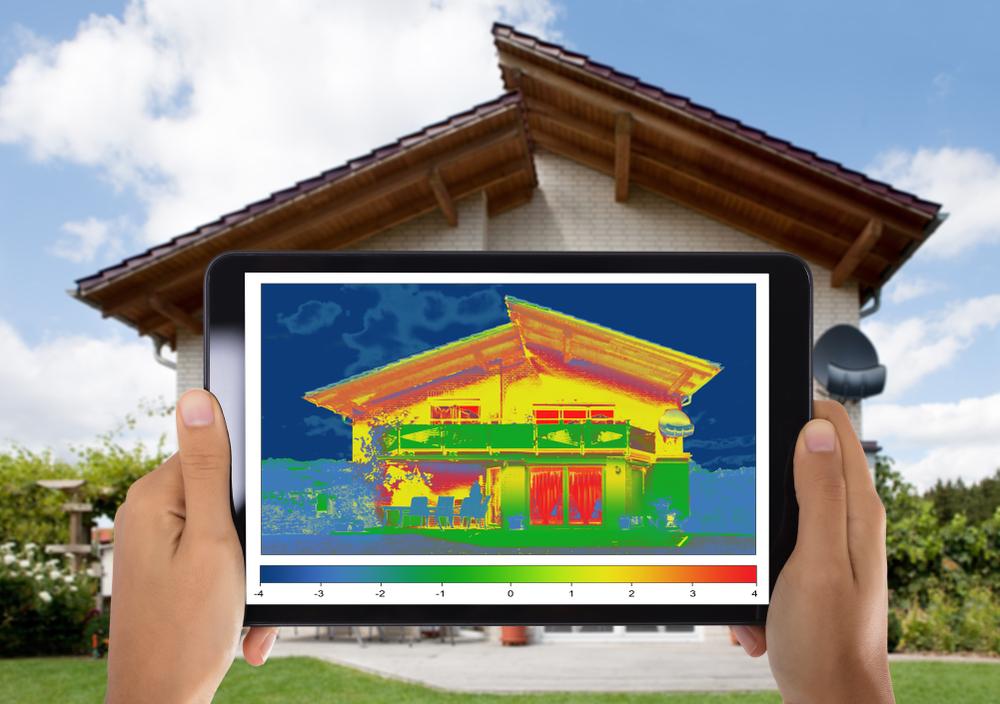Home Energy Checkup
As a homeowner, there are many actions you can take to lower your utility bills and create a cozier, more comfortable home. So where to start? With a Home Energy Checkup! Every home is unique, so the best actions to take vary widely. Get expert advice on the best home upgrade projects for your home. Implementing energy upgrade recommendations from a Home Energy Audit can save 5%-30% on your monthly energy bill. And when you save energy you also reduce climate and air pollution!
Your Impact
Action Steps & Tips
Introduction

There are many actions you can take as a homeowner that can make a big impact on your energy use and utility bill. These actions can also reduce climate and air pollution and improve the comfort and safety of your home. But where to start? With a Home Energy Checkup!
Every home is unique and the costs and benefits of each home energy project vary widely. A Home Energy Checkup, also called a Home Energy Audit, is where a trained, Professional Energy Analyst provides a custom assessment of your house to identify the most cost effective and impactful projects for your home. They also may do some minor upgrades for you during their visit, such as changing light bulbs to LEDs.
Implementing the energy upgrades recommended in a Home Energy Audit can save 5%-30% on your monthly energy bill. These improvements will also lead to increased comfort—a warmer, cozier home in the winter and a cooler home in the summer. Finally, and perhaps most important of all, many of these improvements lead to improved air quality, reduced climate pollution and a healthier and safer home.
1Step 1. Find a Contractor or Energy Analyst and schedule your Home Energy Checkup
A Home Energy Checkup, also called a Home Energy Audit, is where a trained, Professional Energy Analyst provides a custom assessment of your house to identify the most cost effective and impactful energy saving projects for your home. They also may do some minor upgrades for you during their visit, such as changing light bulbs to LEDs.
Find an Analyst: Home Energy Checkups are offered by some building contractors and also by independent Home Energy Analysts. To find a professional that provides checkups, check with your local utility or your city, or do an online search for Home Energy Audit.
Check services and references: Before scheduling, ask if they will be doing a blower door test and infrared camera inspection. At a minimum, they should be including a blower door test. Also, be sure to check their references!
Cost: The cost of Home Checkups can vary as they are often subsidized by local city or utility programs. You may pay as little as $50-$150 for an Energy Checkup or it could be $300-$500 if not subsidized. During the visit you may receive up to $300-$500 or more worth of services including free energy efficiency products and installation, such as LEDs, smart power strips, and water-saving shower heads. If you choose to do some of the larger upgrades recommended, you can often deduct the cost of the checkup from the work completed. Check on costs and services before scheduling.
2Step 2. Get your Home Energy Checkup!
The Home Energy Analyst will examine both outdoor and indoor areas of your house during the checkup. The analyst will use various tests and techniques, including a blower door test or possibly an infrared camera inspection, to assess your home. These tools allow the analyst to see in real time where there are areas with insufficient insulation, air leaks, or other problems that might result in extra energy use. Often, areas around fixtures, exterior walls, doors, and windows are the main source of energy waste. Your home assessment will take about 2 hours to complete.
3Step 3. Review the results of your checkup with your Energy Analyst
Your Home Energy Advisor will provide the results of your checkup including tailored recommendations for the best projects to improve the energy efficiency, comfort, and safety of your home. Projects they might recommend include:
- Install Smart Power Strips and LED light bulbs**
- Lower your water heater temperature setting**
- Install Low Flow Showerheads, faucet aerators, and other low-cost upgrades**
- Seal air leaks that let the warm air out in the winter and cool air out in the summer. This project is low cost and can create instant savings and a cozier home.
- Add insulation to the attic, walls or floors. You may have some insulation, but not enough for your climate. This is a higher cost project but can lead to significant savings and comfort.
- Install a Smart Thermostat. This is a lower cost action with instant savings.
- Replace old appliances. Many newer appliances, like refrigerators, use much less energy than older models.
- Replace old water heaters and furnaces. Newer water heaters and space heating systems are much more energy efficient and can also increase home comfort. Heat pump heating systems also significantly reduce climate and air pollution.
** These may be performed as part of your checkup.
Ask questions. Make sure to ask questions about the recommendations, including what is involved in the work, how long it will take, the cost, the benefits and about financing options. The Energy Analyst can help you compare different project options and decide which projects are right for you to move forward with on your budget.
4Step 4. Schedule recommended energy projects
Congrats! You now have a custom plan of action to improve your home. Next, schedule the recommended energy upgrade projects. Check out the action pages for each of the recommended projects to learn more and find great questions to ask the professional doing the work.

